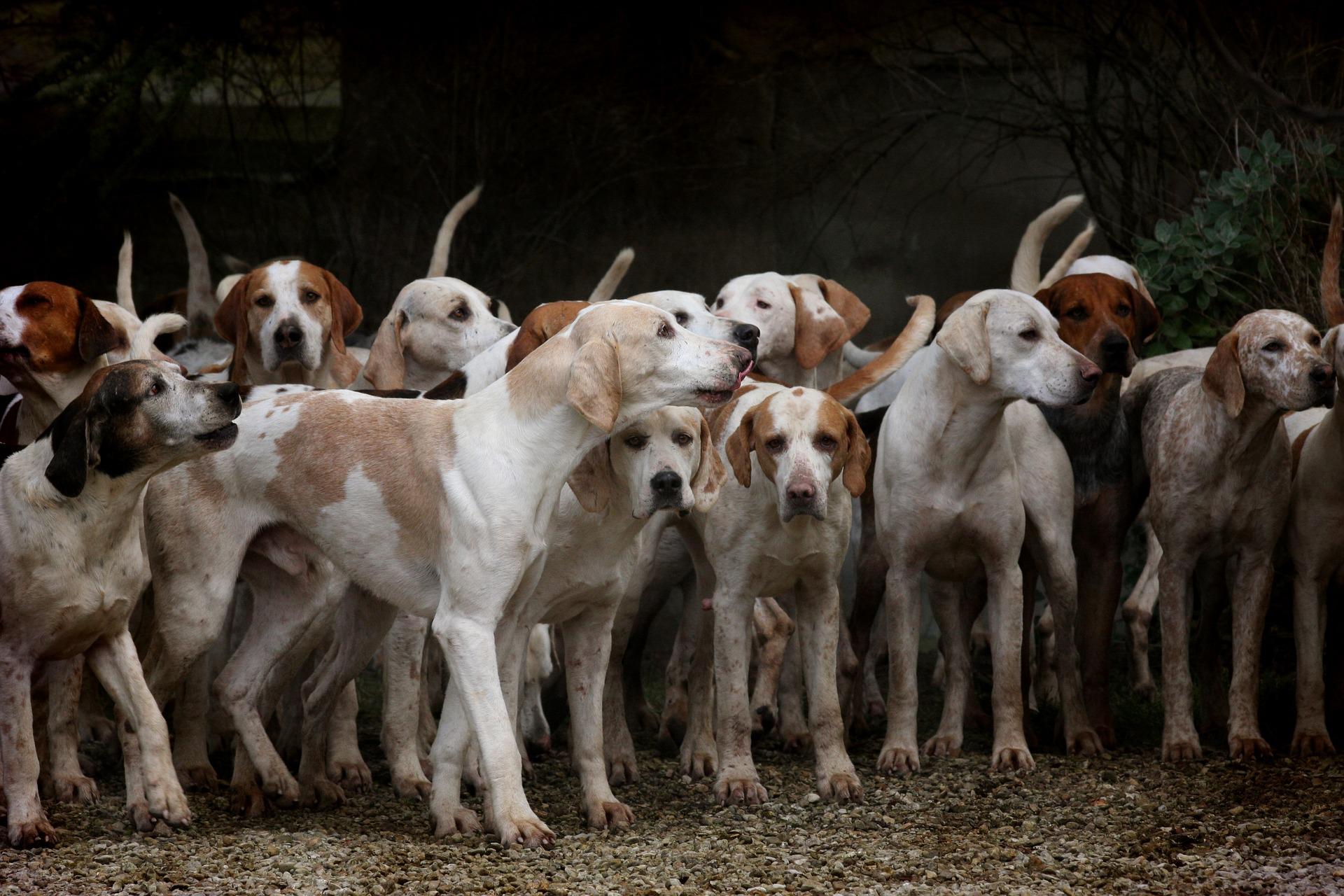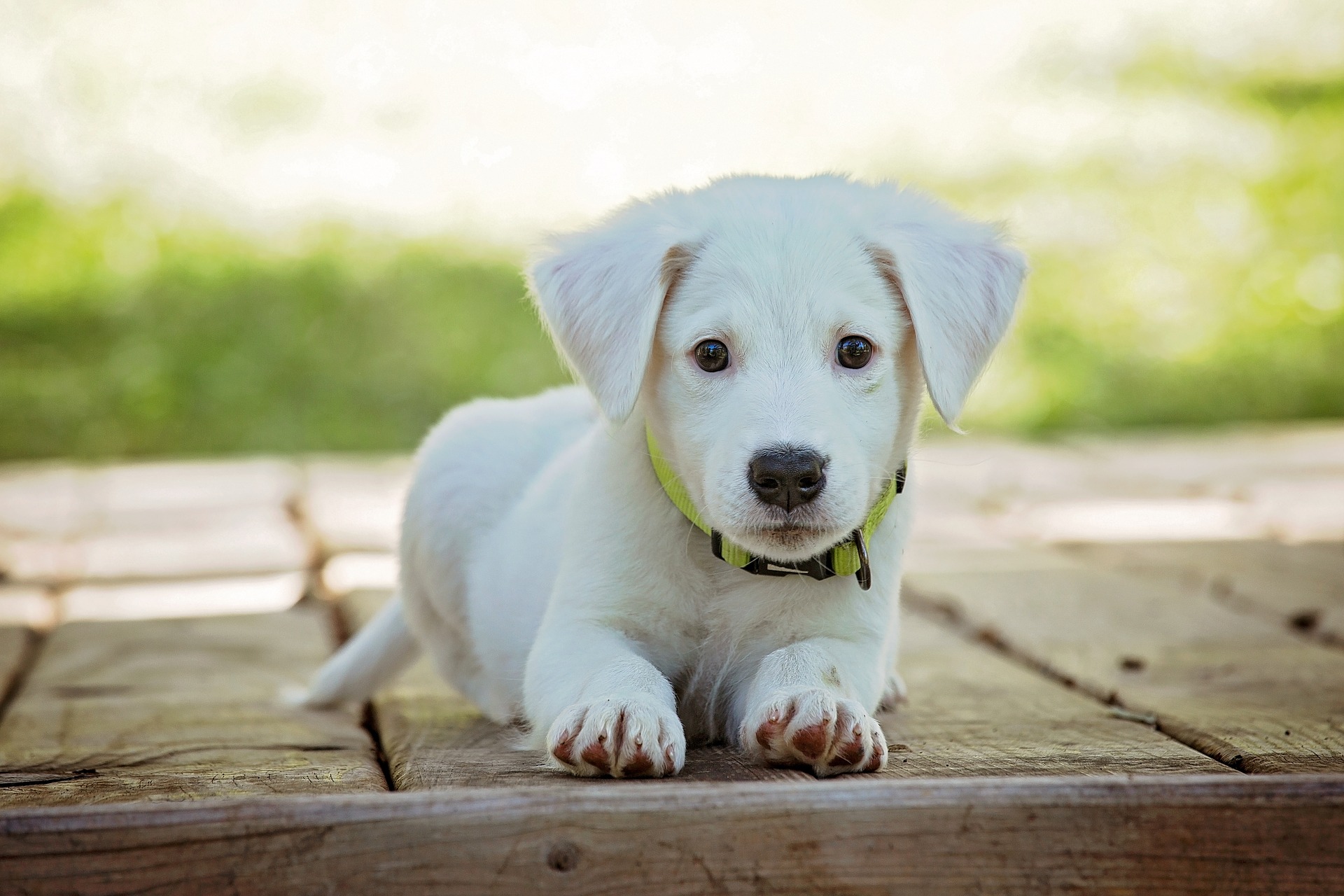How Often Should You Groom Your Dog?
- 12
- August
- 2022
Regular grooming is a necessity for dogs. Regular grooming prevents matted fur, unruly nails and unsightly dander. A six-week interval between grooming sessions is recommended by professional dog groomers. While this is not a long enough interval to irritate your dog, it is still short enough not to hurt him. Here are a few tips for grooming your dog:
Long-haired dogs need daily brushing
Long-haired dogs need daily brush-ups. Groomers recommend brushing your dog every day to remove tangles and prevent matting. Brush small sections of the coat at a time, taking care not to scratch the skin or poke the dog in the eye. Grooming your dog regularly is also important for your dog’s health and well-being. Here’s how to do it.
The frequency of brushing depends on several factors, including the coat type, climate, environment, activities, and breed. Long-haired dogs, such as the Yorkshire Terrier, Bearded Collies, and Lhasa Apsos, need daily brushing. Their coats contain natural oils that should be spread and brushed regularly to avoid greasy build-up. Brushing your dog will also keep it looking healthy and shiny.
Brushing is essential for a healthy coat. Some dogs need daily brushing while others need a groomer visit every few months. Depending on the breed, a Husky can require a single daily brushing, or twice daily if their coat is long. Ideally, grooming a Husky will take about an hour. A groomer visit will also reduce the bulk of the coat.
Medium-coated dogs need brushing once or twice a week. For medium-haired dogs, brushing weekly will remove tangles and dead hair and stimulate the production of nourishing oils. Some of the best tools for brushing medium-coated dogs include a slicker brush, pin brush, and comb. You can also use a dematting spray or comb to prevent mats from forming.
Wire-haired dogs need frequent grooming
Although these wire-haired dogs are considered low shedders and do not produce much dander, they do need frequent grooming to stay looking their best. Because of their thick, wiry coat, wire-haired dogs require hand-stripping of the dead hair. While many owners leave this task to the professionals, it can be done by you, and you can skip hand-stripping during certain seasons.
For wire-haired dogs, it’s best to bathe them once every two or three weeks, but they may not require bathing every single week. Brushing your dog on a weekly basis can keep its coat looking pristine and fresh, and plucking long hairs once a month can promote the growth of longer hairs. Nevertheless, wire-haired dogs should never be shaved or subjected to a haircut, as this can damage the coat.
Before grooming your wire-haired dog, make sure it is completely dry. A hand dryer will help remove loose hair. Next, check the eyes, teeth, and gums. Check the condition of their feet, pads, and nails. Make sure there are no tangles or dirt in between their claws. Wire-haired dogs may have soiling in the tail area, so trim the excess hair at the anus and above.
To avoid these problems, wire-haired dogs must be regularly groomed. Grooming wire-haired dogs is more difficult than grooming other breeds of dogs. Because wire-haired coats retain moisture, it is difficult to clean, and it holds bad odors. If you don’t have time, you can call a professional to help you groom your wire-haired dog. They will know how to properly groom the coat and make your dog look its best.
Many wire-haired breeds are intentionally bred to work in rough terrains. The thick coat is designed to protect dogs from thorns and undergrowth. It also repels dirt and keeps them healthy and fit for work. Typical wire-haired dogs will need grooming every few months. It is important to brush the coat often, to keep it shiny and soft. If you are unable to do this, your dog’s coat will become matted.
Brachycephalic dogs need monthly grooming

Like other breeds of dogs, brachycephalic dogs need regular grooming. In addition to a thorough bath every two to three months, a monthly clipping is necessary to keep their coats looking their best. Brachycephalic dogs have prominent eyes that are not well-ventilated and are prone to eye infections. They should also receive routine eye care to prevent infection, dryness, and cracking of their skin.
The best time to groom a brachycephalic dog is after its bath. Many of these dogs have short coats and require frequent professional grooming. This is because their facial folds need to be cleaned regularly to avoid dermatitis and skin infections. However, their flat faces make them prone to respiratory problems and skin conditions that require regular grooming. Despite this, brachycephalic dogs can be very attractive and will make great pets.
Besides their smooshed faces, brachycephalic dogs are highly susceptible to respiratory problems. They are at a greater risk of heat stroke and anesthetic risks. However, this is not to say that they cannot benefit from medical treatment. In some cases, surgery may be an option. In addition to monthly grooming, brachycephalic pets need to get regular examinations by a veterinarian to ensure good health.
Depending on the breed, a brachycephalic dog can require more grooming than other breeds. Some of these breeds suffer from respiratory problems that can be compounded by allergies. Pug noses can become crusty, dry, or sore. For this reason, a brachycephalic dog needs monthly grooming to keep their coats looking beautiful and healthy.
Another type of brachycephalic dog is the boxer. Boxers are highly active because they were bred as working dogs. They like to engage in physical activities outdoors, especially in cooler weather. Cavalier King Charles spaniels are also adaptable to all types of families and do well with other dogs and cats. They can be very playful and entertaining. Those with children should consider a boxer or Cavalier King Charles spaniel.
Poodles need monthly grooming

There are a few reasons why Poodles need monthly grooming, including hygiene and appearance. Poodles love to be groomed. In addition to maintaining their coat, grooming can help prevent health problems. Poodles shed a lot of hair, so regular grooming can help keep their coats looking nice. Whether you do the grooming yourself or take your pet to a professional groomer, your Poodle needs regular maintenance.
Regular brushing is important for Poodles because their skin is sensitive and prone to infections. When brushing your dog, be sure to use a soft bristled brush. Avoid making mats in your Poodle’s hair as this can trap dirt against their skin and cause infection. This infection is painful and requires veterinary treatment. Also, watch out for odor and discharge from the skin. If you notice a stain, the problem could be a bacterial infection.
As part of regular grooming, poodles also need to have their ears and eyes cleaned regularly. Poodles have curly fur, which traps the shedding hairs. This makes them hypoallergenic, but it means that poodles require regular grooming. Poodles should have professional grooming once a month. Otherwise, they should be brushed daily to prevent mats and shed hair.
A Poodle’s intelligence is one of its most appealing qualities. It is often compared to that of a human. The intelligence of a Poodle is so high, it can be difficult to keep up with it. Poodles are incredibly smart, and can memorize things in a matter of seconds. Keeping them away from humans can be stressful, but they do love to socialize and play. They are also excellent at obedience training, agility, and hunt tests.
Poodles are generally healthy dogs, but certain health problems are common. While not all Poodles develop all of these illnesses, they are vulnerable to some diseases, so it’s important to keep an eye out for any potential problems. You can choose a puppy from a shelter or rescue group if you want a family dog that will be easy to care for. If you’re a busy person, consider adopting a Poodle from a shelter or rescue group.